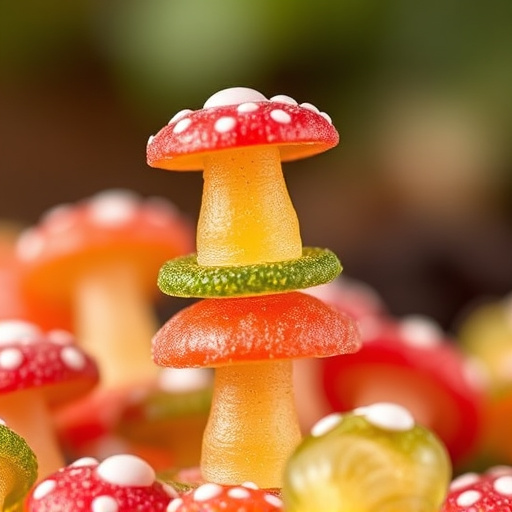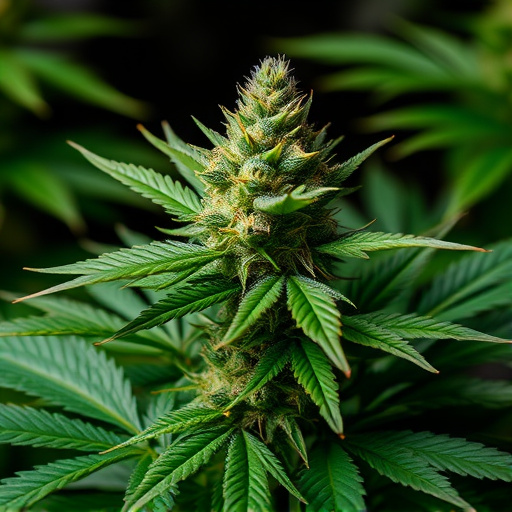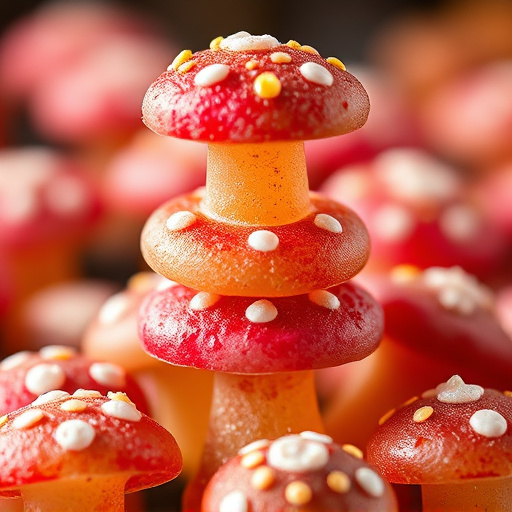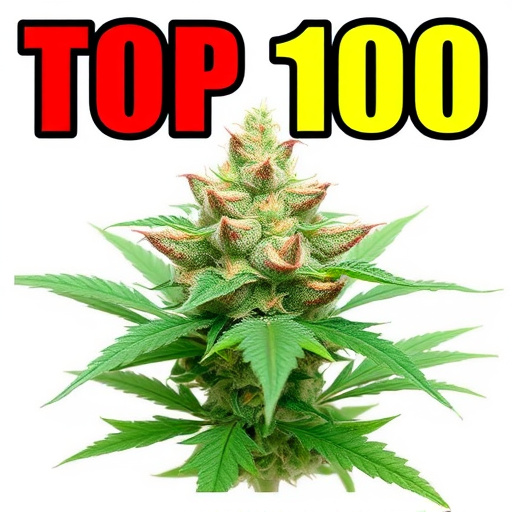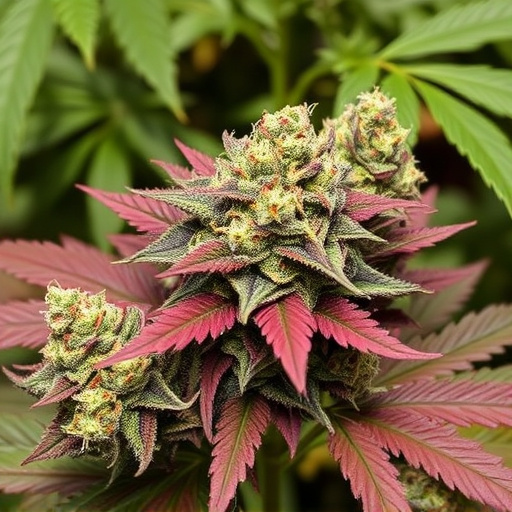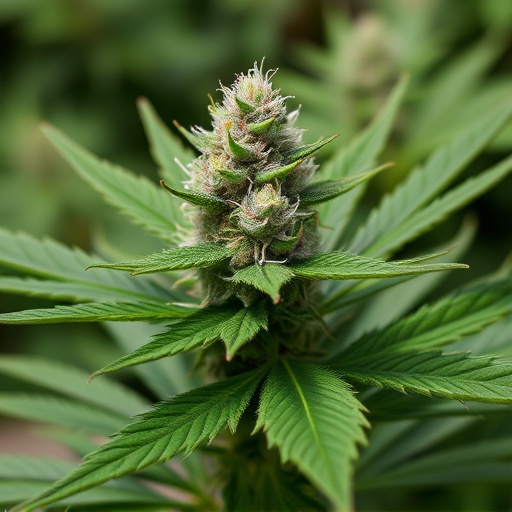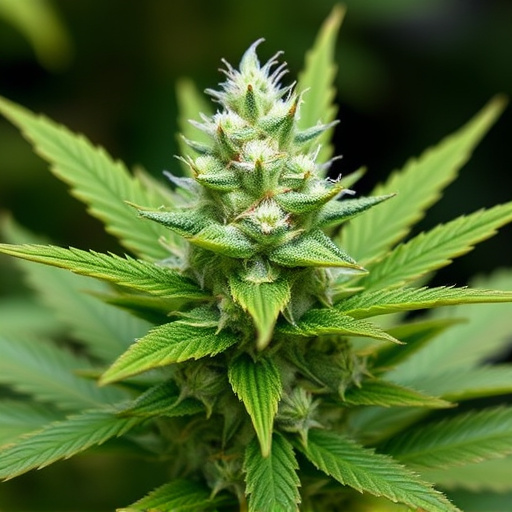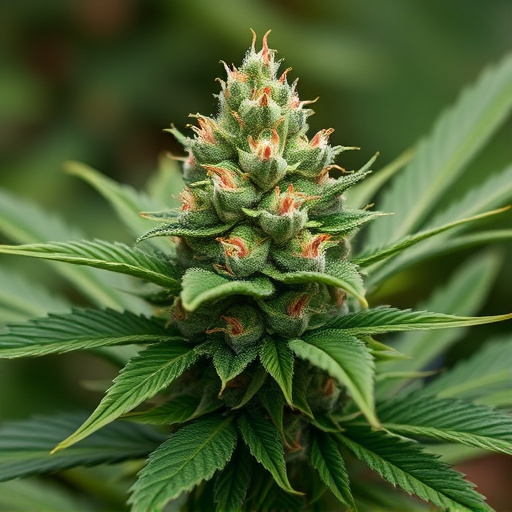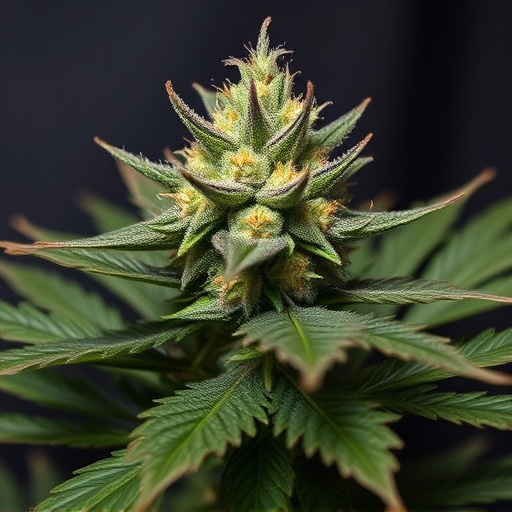Cannabidiol (CBD), a non-intoxicating cannabis compound, is gaining popularity for its diverse therapeutic benefits. By interacting with the body's endocannabinoid system, CBD offers anti-inflammatory, anxiolytic, and antipsychotic effects, making it a preferred choice for managing pain, inflammation, anxiety, and skin conditions without cognitive impairment or intoxication associated with tetrahydrocannabinol (THC). High-CBD strains of cannabis are increasingly sought after in medical settings for their potent therapeutic properties, especially in the context of the most potent cannabis strains.
“Uncover the power of CBD-dominant strains, a game-changer in the world of cannabis. This comprehensive guide explores how these unique varieties offer profound relaxation and potential therapeutic benefits without the psychotropic effects of THC. From understanding the role of CBD and its interaction with the body’s endocannabinoid system to identifying top high-CBD content strains, we delve into the science behind their potency. Discover the complex interplay between cannabinoids and terpenes, backed by research, that makes CBD-dominant strains a popular choice for those seeking natural relief.”
- Understanding CBD and Its Effects
- – What is CBD?
- – How does CBD interact with the body's endocannabinoid system?
Understanding CBD and Its Effects

Cannabidiol (CBD) is a non-intoxicating compound found in cannabis plants, known for its wide range of potential therapeutic effects. Unlike tetrahydrocannabinol (THC), CBD doesn’t produce a “high,” making it a popular choice among users seeking relief from various conditions without the mind-altering effects. Research suggests that CBD interacts with our body’s endocannabinoid system, which plays a key role in maintaining homeostasis—the body’s internal balance. This interaction can lead to anti-inflammatory, anxiolytic (anxiety-reducing), and antipsychotic effects, among others.
When it comes to the most potent cannabis strains, those with high CBD content are often sought after for their potential therapeutic benefits. High-CBD strains can offer relief from pain, inflammation, anxiety, and even certain skin conditions without the risk of cognitive impairment or anxiety commonly associated with THC. As such, they’re becoming increasingly popular in medical cannabis settings, providing patients with a natural alternative for managing various health issues without the psychoactive effects.
– What is CBD?
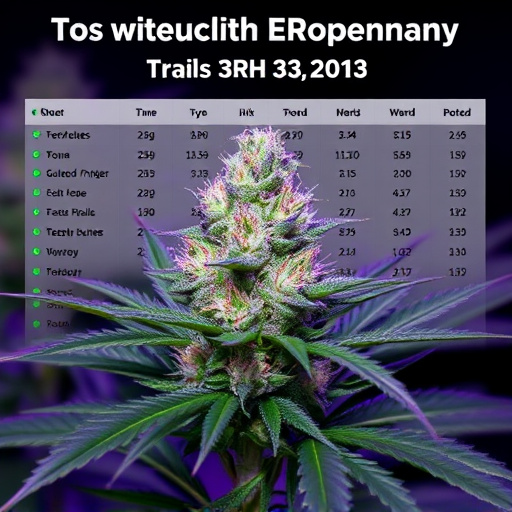
Cannabidiol, or CBD, is a non-psychoactive compound found in cannabis plants, known for its diverse therapeutic properties. Unlike tetrahydrocannabinol (THC), which is the primary psychoactive component, CBD doesn’t produce feelings of intoxication. It interacts with the body’s endocannabinoid system, a complex network of receptors that regulate various physiological processes, including pain perception, mood, and inflammation. This interaction explains why CBD-dominant strains have gained popularity among users seeking relief from anxiety, chronic pain, and inflammation without the mental impairment associated with THC-rich varieties, particularly in the case of the most potent cannabis strains.
CBD’s effects are often described as calming and relaxing, making it a preferred choice for those looking to unwind after a long day or manage stress and insomnia. In addition, CBD has shown promise in treating epilepsy, multiple sclerosis, and certain skin conditions, further solidifying its place among the most sought-after components in modern cannabis products.
– How does CBD interact with the body's endocannabinoid system?
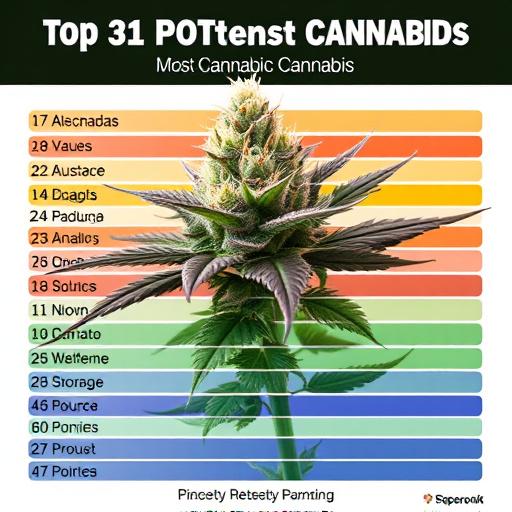
The endocannabinoid system (ECS) is a complex network of receptors found throughout the human body, playing a crucial role in maintaining homeostasis—the body’s internal balance. When CBD (cannabidiol), a non-psychoactive compound found in cannabis, enters the body, it interacts with this system by binding to specific receptors like CB1 and CB2. This interaction is what enables CBD to offer its therapeutic effects, making it particularly appealing among those seeking relief from various ailments without experiencing the mind-altering effects associated with THC (tetrahydrocannabinol), commonly found in most potent cannabis strains.
CBD’s ability to modulate the ECS is thought to underpin many of its potential health benefits. By influencing the release and uptake of endocannabinoids, such as anandamide and 2-AG, CBD can help reduce inflammation, alleviate pain, improve mood, and support overall well-being. This interaction is a key reason why many people turn to CBD-dominant strains as a natural way to manage chronic conditions, with ongoing research continually uncovering new potential applications for this remarkable compound.
CBD-dominant strains have gained popularity for their potential therapeutic benefits without the psychoactive effects of THC. By interacting with the body’s endocannabinoid system, CBD offers a range of effects, from reducing anxiety and chronic pain to improving sleep and appetite. While these strains may not provide the same intense high as traditional cannabis, they offer a natural alternative for those seeking relief from various ailments without the mental cloudiness associated with higher THC content. When exploring the most potent cannabis strains for medicinal use, CBD-rich options deserve serious consideration for their promising therapeutic profiles.
